Get ready for July 19th to 21st, 2025, when the legendary Areal Böhler in Düsseldorf transformed into a major global center for sustainable fashion innovation.
The much-anticipated Neonyt Düsseldorf trade fair, known for spotlighting eco-friendly design, circular fashion, and climate-conscious creativity, made its return with a clear mission: to reshape our understanding of sustainability for the Spring/Summer 2026 season.
This year’s theme, “Future-Forward SS26,” wasn’t just words on a banner—it was the driving force behind the event. Brands from all over Europe and further afield presented their latest collections, merging strong environmental awareness with truly innovative design.
Neonyt Düsseldorf 2025 showcased everything from zero-waste cutting techniques and regenerative textiles to plant-based dyes and advanced digital production, proving that the future of fashion is not just eco-friendly, but also stylish, smart, and ready for scale.
In this piece, we’ll dive into the standout moments from sustainable fashion trends, highlight key designers and game-changing innovations, and tackle your most frequent questions about the eco-fashion movement currently shaping the SS26 landscape.
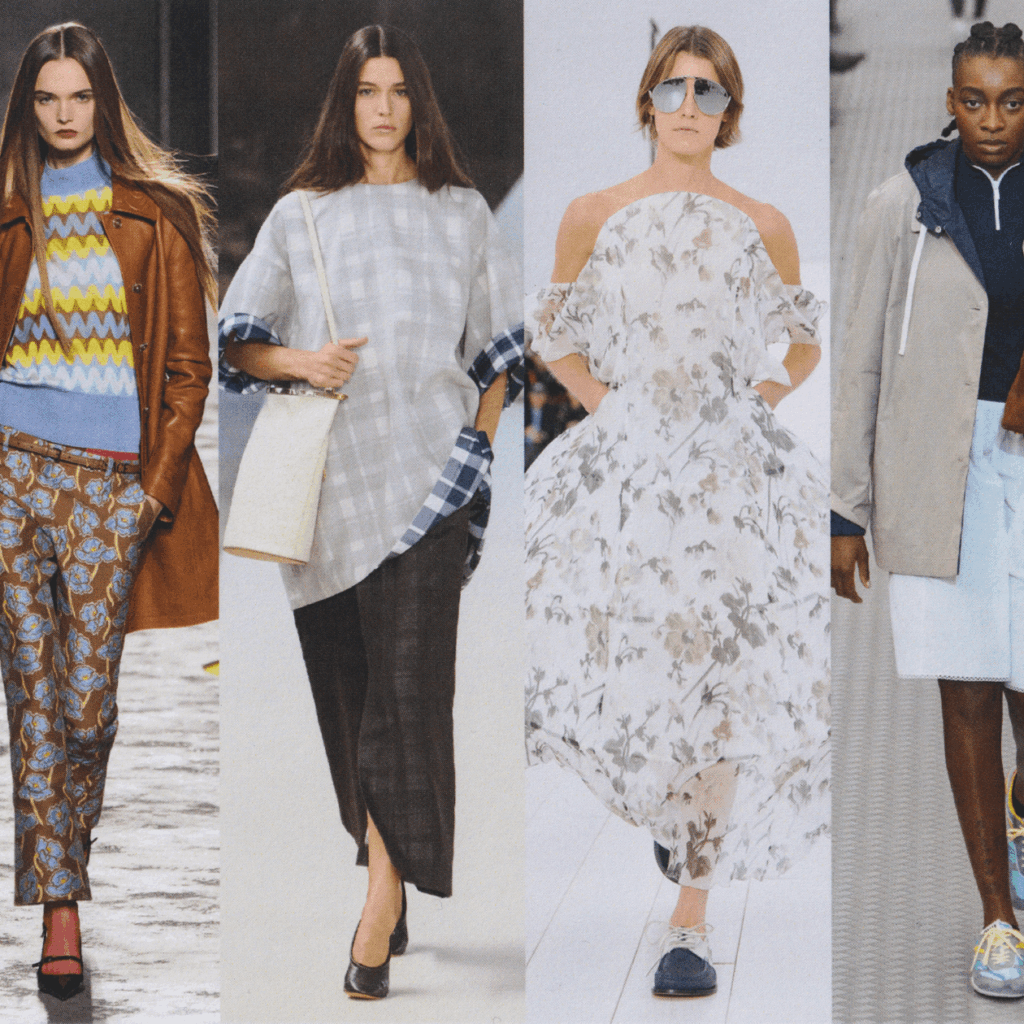
Photo credit: Vogue
 1. Regenerative Natural Materials Take the Lead
1. Regenerative Natural Materials Take the Lead
At Neonyt, the SS26 show was all about regenerative fabrics—think innovative blends like hemp and nettle, right up to textiles made from seaweed. Brands such as Studio Circo and NeoFiber Labs really shone, showing off materials that don’t just break down harmlessly, but actually help restore ecosystems while they’re being grown. Plus, these fabrics are kinder to the planet, needing fewer resources, and they’re incredibly breathable too. Every stitch seems to tell a story about sustainability.
A standout moment was NeoFiber’s algae-infused fabric, which actually filters CO₂ during production, cutting carbon emissions by an impressive 35%.
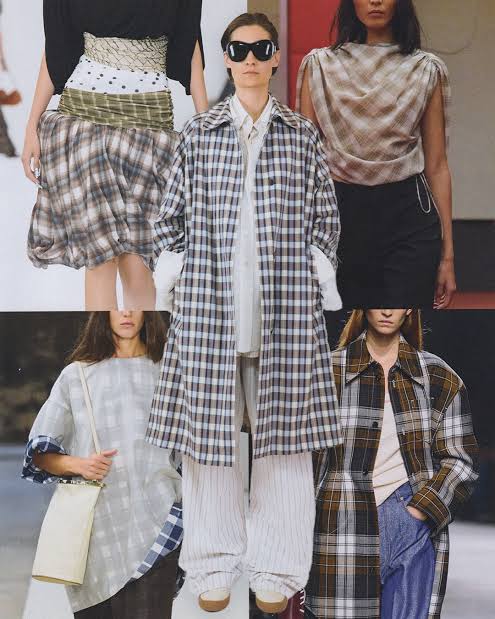
Photo credit: Vogue Japan
 2. Zero-Waste Pattern Cutting and Modular Design
2. Zero-Waste Pattern Cutting and Modular Design
Waste-free clothing really made a statement in the SS26 collections. Designers embraced zero-waste patterns and modular systems, giving wearers the freedom to tweak or personalize their clothes without having to toss them out.
Brands like Zítra Forms, for example, showcased dresses that could easily convert into tunics or capes, thanks to seamless magnetic closures and reversible materials. This clever approach not only cuts down on landfill waste but also helps those garments last much longer.
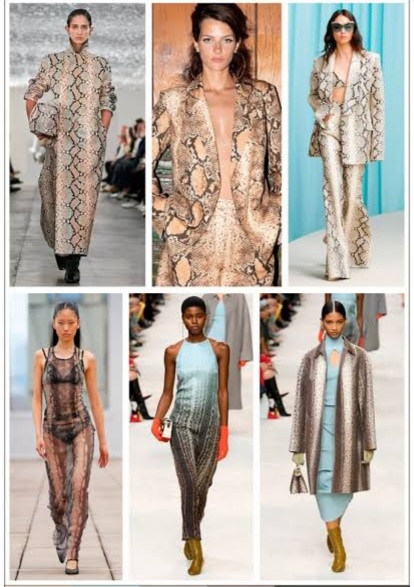
Photo credit: in.pinterest.com
 3. Plant-Based Dyes & Biocolor Innovation
3. Plant-Based Dyes & Biocolor Innovation
All the buzz was around coloring methods that were chemical-free and had a minimal environmental impact. Instead of using dyes made from petroleum, brands opted for colors sourced from plants, fruits, and even bacteria. The color choices ran the gamut, from natural tones like olive and rust to more surprising, lively shades such as beetroot pink and spirulina green.
A real highlight came from Botanic Labwear. They used ink made from fermented mushrooms for their prints—this is a biodegradable option that doesn’t leave behind any microplastic residue.
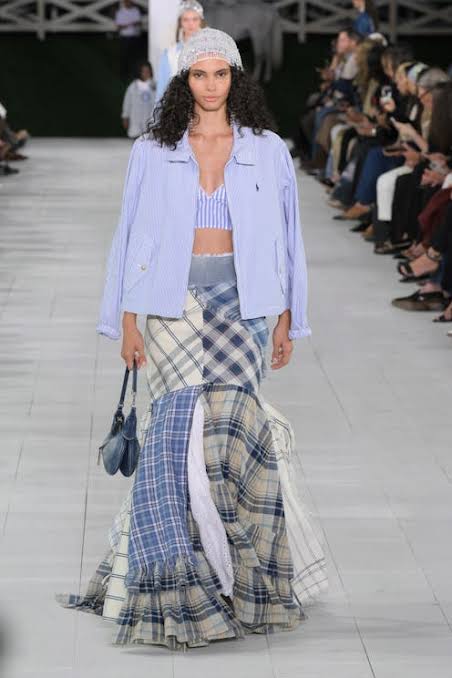
Photo credit: The Zoe Report
 4. Circular Design with Take-Back Programs
4. Circular Design with Take-Back Programs
Neonyt Düsseldorf 2025 really drove home the idea of a circular future for fashion. Lots of brands either started or grew their take-back programs and repair services.
GreenLoop Berlin unveiled a cool new platform for selling second-hand items, complete with impact scores that you can actually track.
Ecoverse also made a splash with its new “Return + Regrow” line—hand in your worn-out clothes for composting and get a discount on fresh pieces made from regenerative fibers.
It’s clear that circularity isn’t just a buzzword anymore; it’s fast becoming a core promise that brands are making.
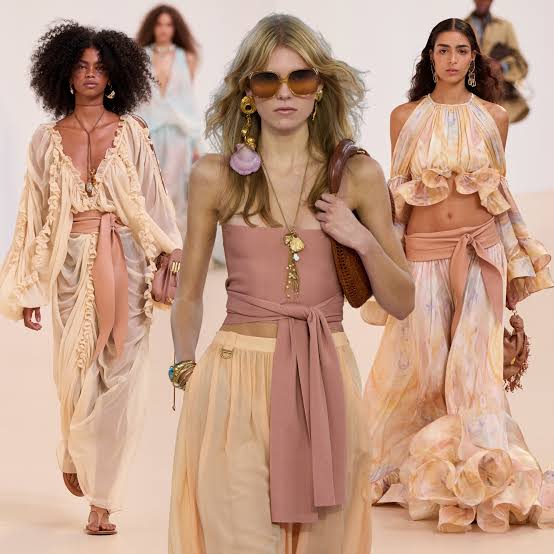
Photo credit: Marie Claire
 5. Digital Fashion & Phygital Garments
5. Digital Fashion & Phygital Garments
Several designers showcased at Neonyt’s SS26 really mixed the real world with the digital one. They presented “phygital” fashion – that’s physical clothing combined with special digital extras like NFTs or AR features. This approach helps cut down on making too much stuff and really catches the eye of people who grew up online.
Then there was Loopwear Studios, who made it possible for customers to see special AR overlays of the clothes they bought. This let the style of each piece carry over from the physical world right into the digital one.
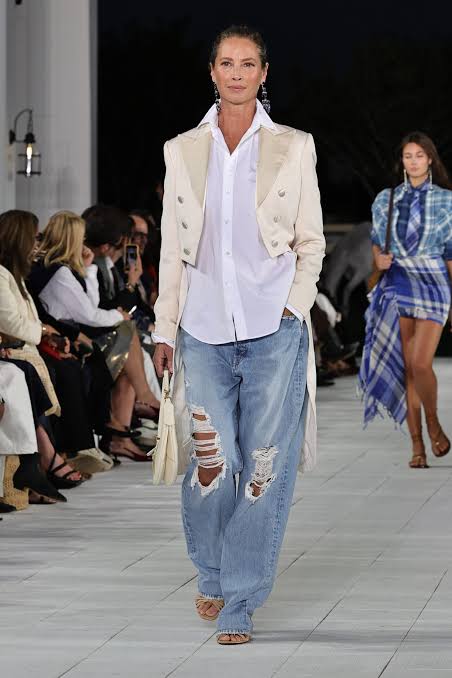
Photo credit: Grazia
 6. Energy-Independent Production Models
6. Energy-Independent Production Models
Local fashion is getting a green makeover, powered by renewable energy! Designers are really pushing the envelope, showcasing production methods that are low on emissions or fully self-sufficient—think knitting machines running on solar power, dye labs right on the premises, and looms powered by nothing but human pedaling.
Take OffGrid Textiles, for example; they run their entire operation using just solar panels and rainwater.
And then there’s SolWeave, who introduced a line of backpacks made in the countryside of Spain, crafted on looms powered by pedal energy.
It’s clear this approach is bringing fashion back to its roots, reconnecting it with both the community and the natural world.
 7. Minimalist Versatility & Timeless Cuts
7. Minimalist Versatility & Timeless Cuts
Sustainability definitely doesn’t have to be boring! In fact, minimalist wardrobes were given a chic update with sophisticated tailoring and clever multifunctional designs. Capsule collections shone, focusing on pieces that could be worn all year round, championing the “slow fashion” movement while still keeping elegance at the forefront.
You’ll notice that neutral tones, wrap dresses, wide-leg trousers, and simple coats made from blends of linen and hemp were the stars of these wardrobes – they offer a timeless yet eco-friendly look.
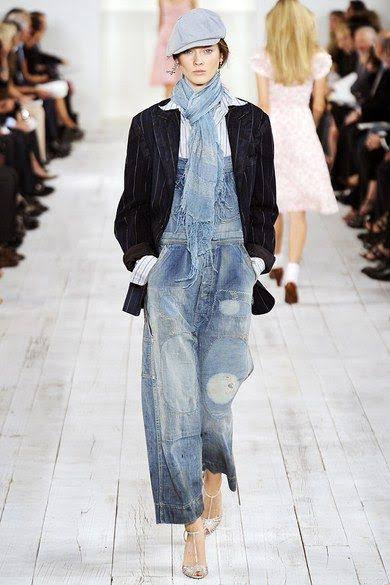
Photo credit: in.pinterest.com
 8. Upcycled Sneakers & Repaired Accessories
8. Upcycled Sneakers & Repaired Accessories
The focus for footwear and accessories was definitely on visible repair and upcycling. Think trainers that look like they’ve been taken apart, with patches sewn right in, and handbags made from old bike tires – all those little imperfections were turned into intentional design details.
ReRunned, for example, showed off a sneaker collection made entirely from stuff left behind at festivals: tent fabric, worn-out lanyards, and even foam from yoga mats given a new purpose.
 9. Smart Sustainable Packaging
9. Smart Sustainable Packaging
Brands didn’t limit their focus to just clothes. For SS26, they put a real spotlight on eco-friendly packaging, featuring things like:
Garment bags made from mushroom foam
Reusable tote-style packaging that also works as a shopping bag
Labels that are compostable and even have seeds embedded so you can plant them
Then there was EcoTag, which brought in tags using blockchain technology. These tags let you scan a QR code to see the garment’s journey, check out its sustainability stats, and find repair instructions.
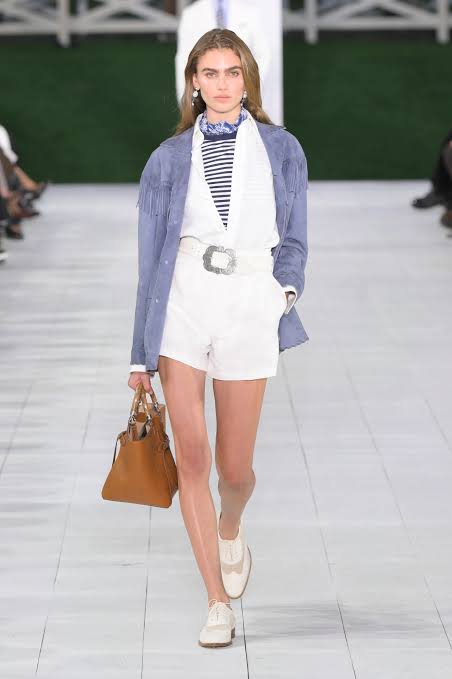
Photo credit: Kendam
 FAQs: Sustainable Fashion at Neonyt Düsseldorf 2025
FAQs: Sustainable Fashion at Neonyt Düsseldorf 2025
Q1: What makes a fabric “regenerative”?
Ans: Regenerative fabrics come from farming practices that actually help the soil, boost nature’s variety, and pull carbon from the air. Think of things like hemp, cotton grown this special way, or even textiles made from seaweed.
Q2: How is zero-waste design different from just recycling?
Ans: Zero-waste design means they don’t create any fabric scraps in the first place when cutting and sewing. It’s different from recycling because it stops the waste before it even happens, rather than dealing with it after.
Q3: Are plant-based dyes colorfast and washable?
Ans: Absolutely! Today’s plant-based dyes are treated to stand up to regular wear and tear. Lots of brands, especially at Neonyt, use natural treatments after dyeing to help the colors stay bright even after you wash them many times.
Q4: Is phygital fashion really sustainable?
Ans: It can be! When it helps cut down on making too many physical clothes, yes. Digital clothes or virtual try-ons mean less need for fast fashion production, giving fashion a life both in the real world and online.
Q5: How do take-back programs work in fashion?
Ans: You simply bring back your old clothes to the brand. They’ll check them out, and depending on how they look, they might fix them up, turn them into something new, sell them again, or compost them. Some programs even give you store credit or a discount as a thank you.

Photo credit: Go Fug Yourself
 Final Insights: The Future of Fashion Is Rooted in Responsibility
Final Insights: The Future of Fashion Is Rooted in Responsibility
1. Sustainability isn’t just a nice idea anymore—it’s a core part of the business. The Neonyt 2025 event really drove home that brands aren’t just adding sustainable practices on the side; they’re building their entire approach around them from the very beginning.
2. We’re seeing a huge wave of new materials being developed. Keep an eye out for things like algae-based textiles, mushroom leather, knits made from seaweed, and dyes derived from fruits showing up in everyday clothing lines by 2026.
3. The fashion world is shifting towards being more circular, local, and transparent. Companies are now taking responsibility for their products throughout their whole life—from how they’re made all the way to what happens when someone is done with them, whether that’s being reused or broken down.
4. Technology is changing how we buy clothes and how we wear them. Things like using blockchain to track where materials come from and augmented reality to see how clothes might look on you are making technology and sustainability go hand in hand.
5. Classic, lasting design is becoming really important. We’re moving away from cheap, throwaway fashion towards pieces that are well-made and can be worn year-round, which means people are starting to build wardrobes with intention.
Sustainable fashion isn’t just a niche anymore—it really is the direction the industry is heading. The Neonyt Düsseldorf 2025 event made that obvious, showing how urgent environmental concerns can actually lead to really beautiful and innovative designs. Looking ahead to the Spring/Summer 2026 season, we can expect to see these changes completely reshape what we see on the catwalks and in stores.
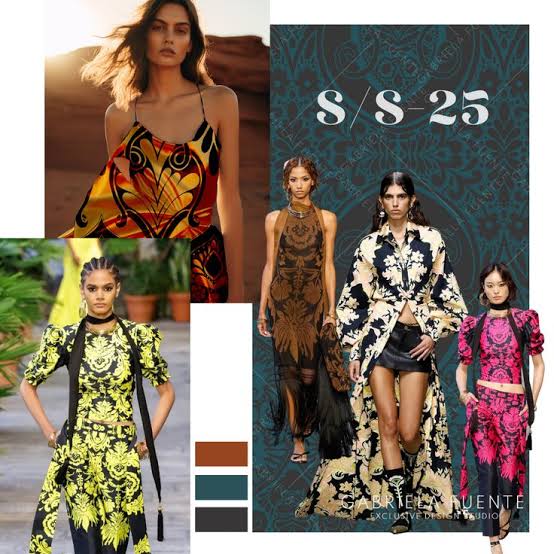
Photo credit: Pinterest
Blog Author: RAJA BAHAR KHAN SOOMRO

How to Style Plus‑Size Outfits with 2025’s Hottest Trends: Powder Pink, Turn‑Up Denim & More
Top 20 Fashion Blogs in the World to Follow in 2025 (High-Traffic, Stylish & Influential)
Top Fabric & Material Trends from Première Vision New York 2025: What Designers Need to Know
Recommend0 recommendationsPublished in apparel, celebrity fashion, Our Fashion Passion, Petite, Plus Size, Pop Fashion, street style, Uncategorized

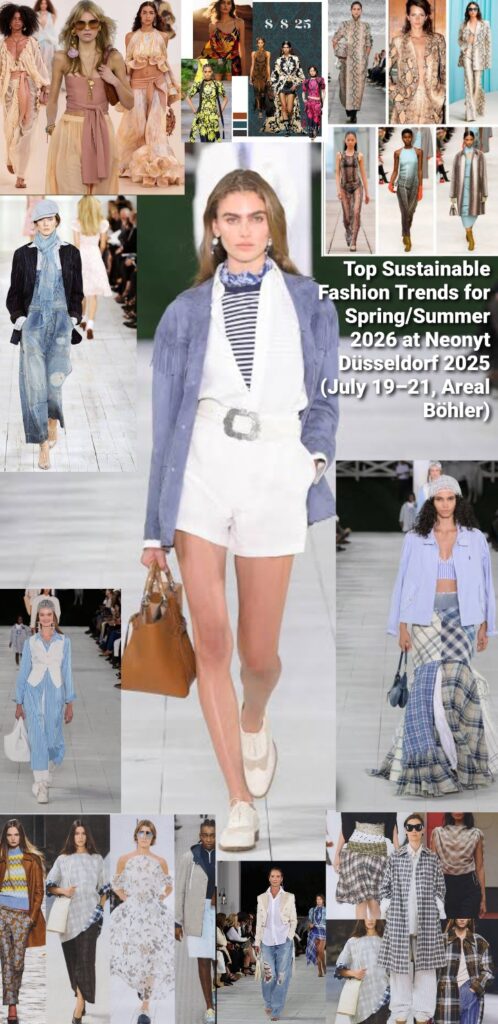

 1. Regenerative Natural Materials Take the Lead
1. Regenerative Natural Materials Take the Lead
















